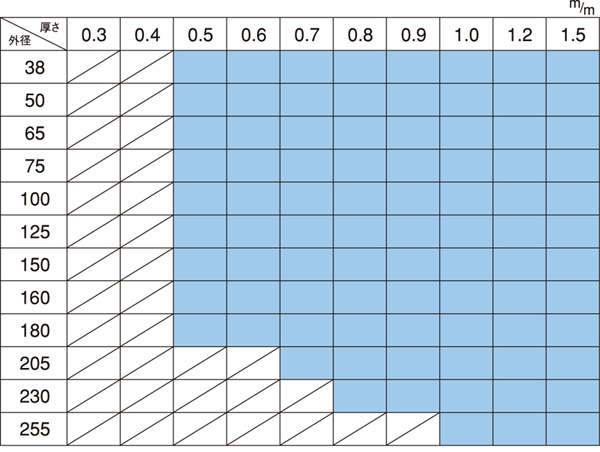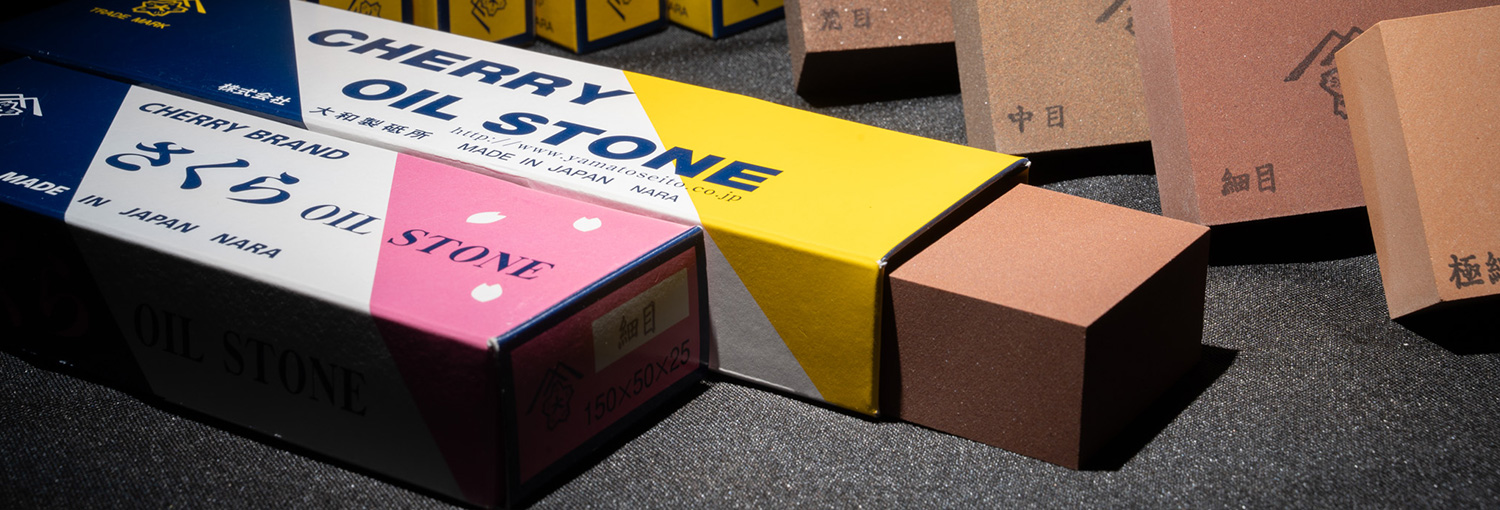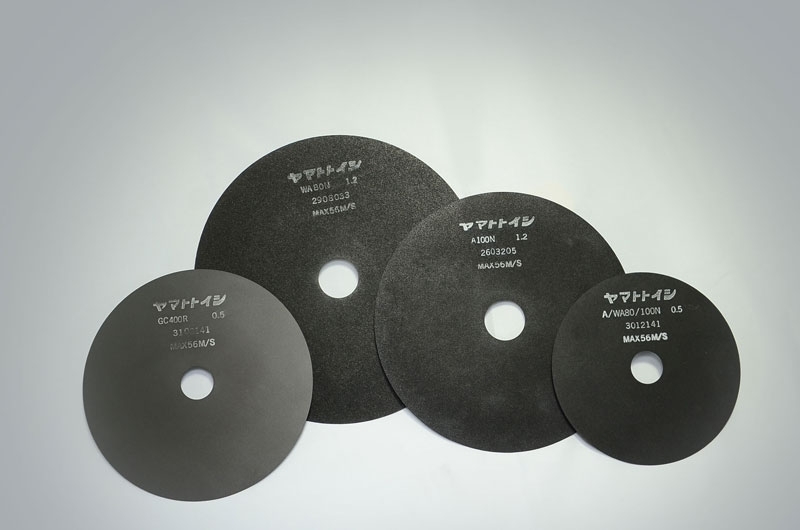Super Cut-off Wheels
With its strong and resilient cutting ability, it cuts off any hard material in a short time and realizes a beautifully finished cutting surface.
In addition, it is capable of accurately cutting all kinds of materials (metal and non-metal) as well as wet and dry cutting.
Product Details
▼ Quality Requirements for Cutting Wheels
- ① Processing Efficiency: Represents how much material can be cut in a short time using a single wheel.
- ② Surface Roughness: The roughness of the cut surface, influenced by the grit size of the wheel.
- ③ Burrs and Chipping: Coarser grit sizes tend to cause burrs on ductile materials and chipping on brittle materials.
- ④ Dimensional Accuracy: Resistance during cutting can cause distortion or warping. Thinner wheels are more prone to these issues.
▼ Applications
- ① Medical use: Cutting needles, nickel pipes
- ② Cutting samples for structural analysis or cross-sectional tests of heat-treated materials
- ③ Cutting electronic components and other parts for IT-related and electronic devices
- ④ Cutting grooves in machine collet chucks and resistors
- ⑤ Cutting optical glass, ceramics, carbon, tungsten, and similar materials
▼ Selection of Cutting Wheels
- ① Abrasives: Select abrasives based on the workpiece material, similar to the selection for grinding wheels.
- ② Grit Size: Choose according to surface roughness, burrs, and chipping.

- ③ Bonding: Affects wheel durability and cutting performance.

The selection of cutting wheels depends on the required conditions for cutting, such as durability, processing efficiency, and surface quality. These priorities vary based on the workpiece material.
For example, there is an inverse relationship between durability and processing efficiency. Increasing the bonding strength improves durability and reduces wheel wear. However, it also reduces grit shedding, making it harder for new cutting edges to appear, leading to clogging and reduced cutting efficiency. This results in slower cutting speeds and decreased productivity.
Conversely, improving processing efficiency and sharpness requires reducing the bonding strength. Simply put, "wheels that cut well wear out quickly."
Prioritizing one factor often sacrifices another, making the selection of cutting wheels challenging.
The most important factor for cutting wheels is ensuring that the workpiece is cut straight. Proper selection of wheels for the workpiece and optimizing conditions for maximum wheel performance are essential.
※ Usage Guidelines
Carefully read the inspection certificate and safety guide included with the product to avoid incorrect usage.
Improper use can cause wheel breakage, which is extremely dangerous. Excessive load during processing can lead to abnormal wear, skewed cutting, and wheel breakage.
There have been numerous cases of injury and fatalities caused by broken wheels. Therefore, when handling or using wheels at high speeds, ensure you have the proper knowledge and perform the work safely.
While processing efficiency and durability are important, ensuring the safe use of cutting wheels is our top priority.
Standard products
| Abrasive | Grit Size | Bond | Dimensions | |
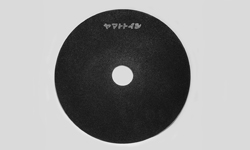 |
A | 120 | N | 230×1.2×31.75 |
| 255×1.2×31.75 | ||||
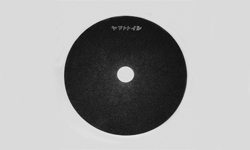 |
WA | 120 | N | 230×1.2×31.75 |
| 255×1.2×31.75 | ||||
| 305×1.2×31.75 | ||||
| 305×1.5×31.75 | ||||
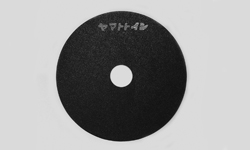 |
A/WA | 80/100 | N | 150×0.5×25.4 |
| 150×0.7×25.4 | ||||
| 150×1.0×25.4 | ||||
| 205×0.8×25.4 | ||||
| 205×1.0×25.4 |
Grindstone manufacturing range
